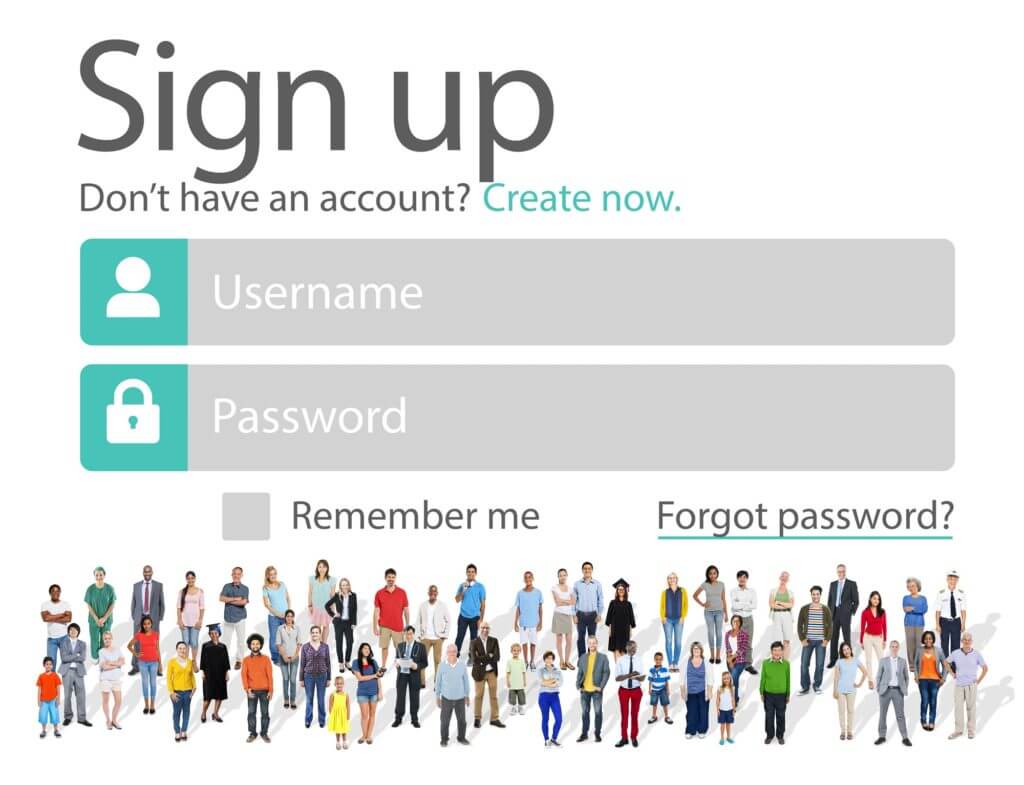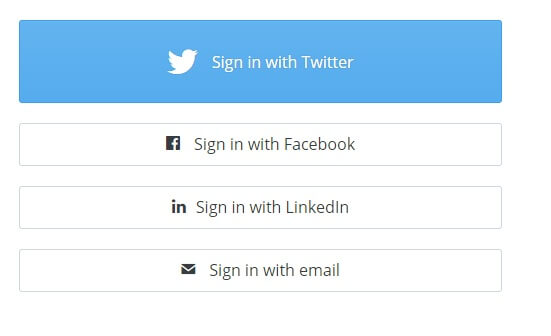As a leader of a marketing campaign, you truly understand the value of collecting personal information about your target market. When you know who your customers are, what they like and what they typically buy, you can customize your marketing and make it relevant to them. Gathering the right data and using that data to guide a marketing campaign is the key to accomplishing what every marketing director shoots for – helping the right customers make purchases.
While gathering, analyzing and strategically using personal data offers vast insights into how to run your marketing campaign, it can also be a sensitive area for many potential customers. After all, how many times have you heard someone say something like, “It’s super creepy when I am searching for a product, and then the next day an ad for that very same product is hovering about everywhere I go on the Internet. It’s like they are watching me.”
Many consumers don’t know exactly how online data collection works, and that can be unsettling for them. As a marketer, you definitely don’t want to cross the line into creepiness and scare off customers, but you also want to gather the right data in order to find people who are interested in your products, and then advertise to them. This conundrum begs the question, “How do I make sure I protect the privacy of customers while collecting personal information to use in my advertising strategy?”
Here are just a few ideas to help you earn the trust of consumers and to incentivize them to knowingly and willingly share data that will help you help them to make great purchasing choices.
3 Ways to Collect Personal Information Confidently
1. Be Transparent and Give Them Control
One of the best ways to foster trust and encourage loyalty is to simply let your customers know you are collecting data, and to let them know how you are doing it and why. According to a recent report by Evidon, a large percentage of consumers are more likely to buy from businesses that are transparent about their data collection methods, and that offer control over that collection.
It may seem like a big win to collect a large amount of consumer data, but when consumers don’t know about it, it can backfire. To avoid any problems, simply disclose.
2. Lean Toward First Party Data Collection Methods
When you use first-party data collection methods, like social login and social account linking, you are not only letting your customers know you are collecting information, but you are letting them agree to exactly what type of data you will be collecting. This helps ease the minds of customers, because they understand exactly what is going on with regards to their personal information.
Additionally, there is an added benefit to using first-party data collection methods, because first-party data is typically more accurate than third-party data. When you use a method like social login, the customer is giving you direct access to their likes, interests and more.
3. Gather Person-Provided Data
If you are genuinely interested in personalizing your data to reach your target market, try your hand at gathering person-provided data.
When you request specific information from your customers that is relevant to your brand, you gather information about how consumers would like to be marketed to that comes directly from the horse’s mouth. Once you’ve gathered this data, you can use it to personalize your campaigns to the very people who offered you such valuable information.
According to research from MyBuys, 40% of consumers buy more from retailers that comprehensively personalize the shopping experience. That logic should also apply to your email marketing. Want to increase your open and click through rates? Then make the email more relevant. A recent Exact Target study revealed that 25% of consumers unsubscribe from emails because they are not relevant to them.
Customers want a personalized and relevant shopping and communication experience, and what better way to provide it to them than by taking their recommendations?
Start Today!
These are just a few ideas on how you can both put customers at ease by ensuring them you are protecting their private information, while simultaneously gathering vital intelligence about them in order to make your marketing more relevant.
If your data collection methods are in need of some tweaking, start changing today! You’ll be surprised at how much more you are able to accomplish when you are collecting data in a way that keeps customers feeling secure and positive about your brand.




